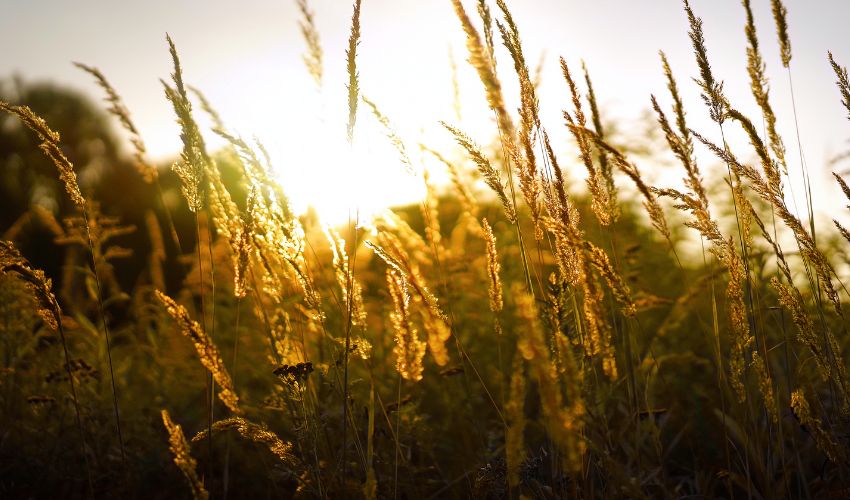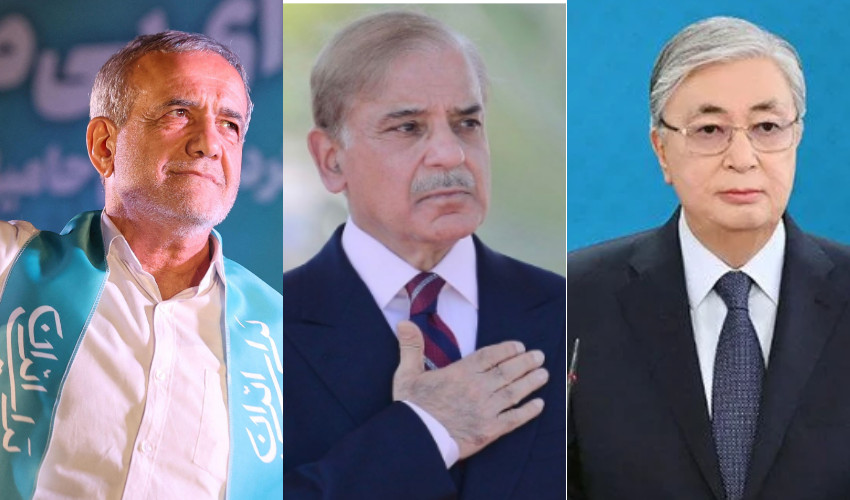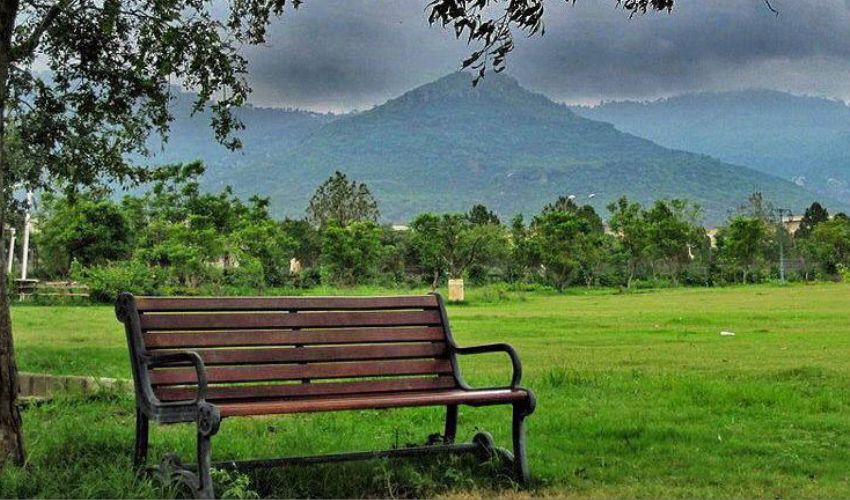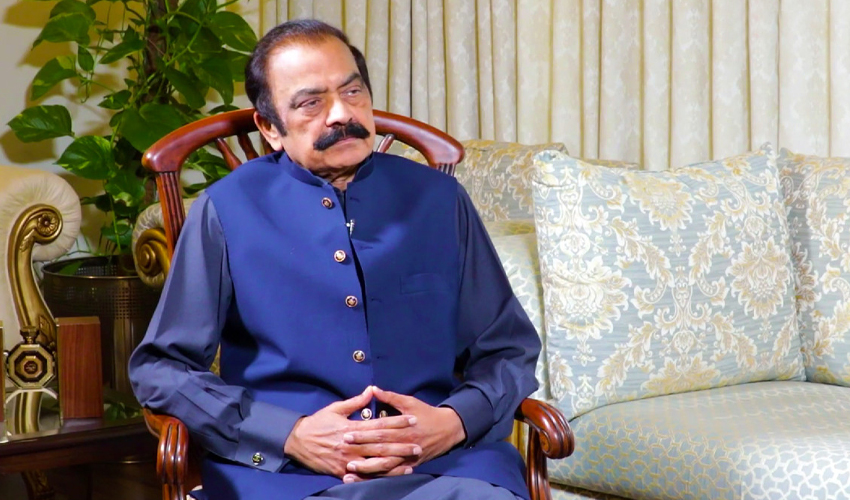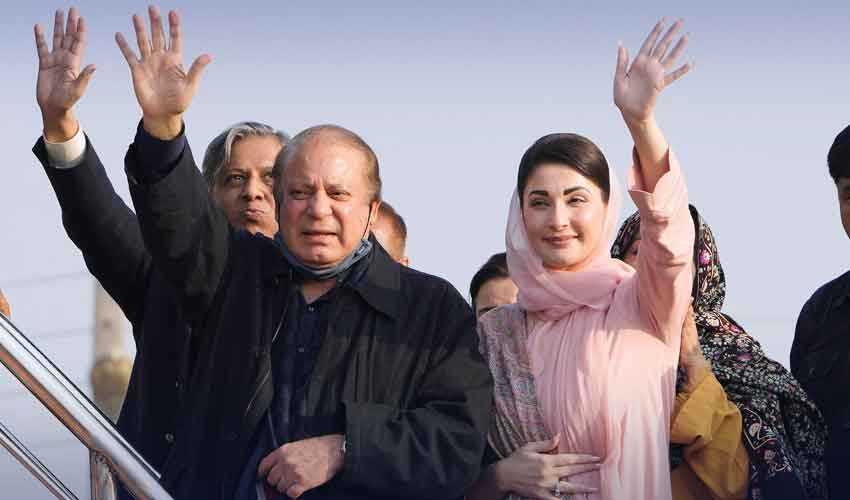The Pakistan Meteorological Department (PMD) has officially declared 2023 August as the driest month for the second time in 63 years.
With rainfall reaching historically low levels, the implications of this extraordinary weather event ripple across sectors ranging from agriculture to water resource management, prompting both concern and critical examination of long-term climate trends.
August is traditionally considered the heart of the rainy season, Yet, the year 2023 has shattered the long-held norms.
For many, August arrived with great expectations, much like the heavy clouds that initially teased the promise of rain but soon dissipated into thin air, leaving behind only a few measly drops.
A staggering 66% less rainfall than the average was recorded throughout the month.
The director of the Meteorological Department, Mr. Zaheer Ahmed Babar, shed light on this perplexing meteorological phenomenon. He revealed that while July had witnessed normal or above-average monsoon rainfall, August had taken an unexpected turn towards aridity.
This unusual shift has resulted in August securing the dubious distinction of being the second driest month in 63 years.
Moreover, the month's temperatures soared above normal.
Balochistan bore the brunt of this meteorological anomaly, with August being declared the driest month in the region for this year.
Climate change, often referred to as the lurking dragon, has cast its ominous shadow over the once-predictable patterns of monsoon rains. Scientists and environmentalists have long warned about the far-reaching consequences of climate change, and this dry August is a stark reminder of its relentless grip on our planet.
With rising global temperatures, shifting weather patterns, and increasingly erratic monsoons, it's clear that our planet is undergoing rapid transformation.





